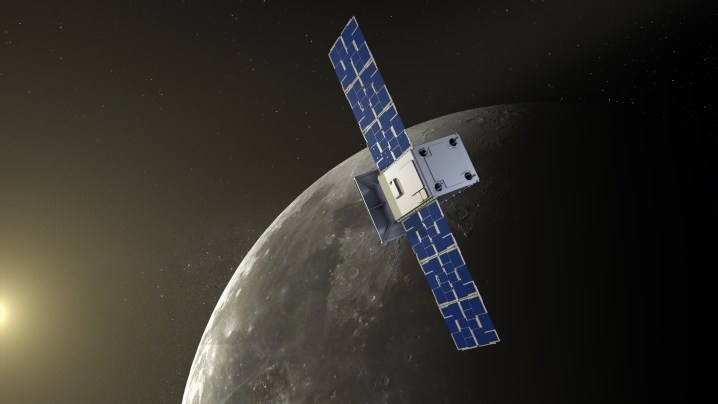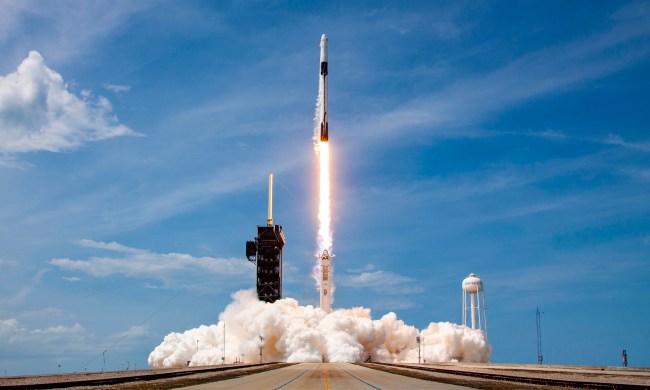For the past month, NASA’s CAPSTONE satellite has been spinning through space after it suffered an error on its way to an experimental orbit around the moon. But now, engineers have managed to stabilize the satellite, stopping its spin and getting its attitude back under control.
The error occurred on September 8, after a trajectory correction maneuver. The error caused the spacecraft to go into safe mode, and there were concerns about whether it had enough power coming through its solar panels to maintain heat in the propulsion system. On Friday, October 7, team members sent recovery commands to the spacecraft which succeeded in stopping its spin.

“Initial telemetry from CAPSTONE and observation data points to a successful maneuver, indicating the spacecraft has stopped its spin and regained full 3-axis attitude control, meaning CAPSTONE’s position is controlled without unplanned rotation,” NASA said in an update. That should help with power concerns as the solar panels can now be oriented, the agency said. “CAPSTONE now has oriented its solar arrays to the Sun and adjusted the pointing of its antennas to provide a better data connection to Earth.”
Performing the recovery operation was risky, according to Advanced Space, the company which owns the satellite on behalf of NASA. So the process was tested extensively before the commands were sent, and now the team will continue to monitor the satellite closely to check that everything is operating as it should.
The company also shared information about the underlying cause of the issue, which seems to have a problem with a valve on one of the spacecraft’s thrusters. “Data from the spacecraft suggests the most likely cause was a valve-related issue in one of the spacecraft’s eight thrusters,” NASA said. “The partially open valve meant the thruster produced thrust whenever the propulsion system was pressurized.” This was what caused the spacecraft to spin out of control following the trajectory correction maneuver, in which the thrusters are fired to adjust the course of the spacecraft.
Now, CAPSTONE will continue on its journey to a special orbit around the moon, which is it set to enter on November 13. As it travels, the team will continue to work on possible fixes for the value issue.



